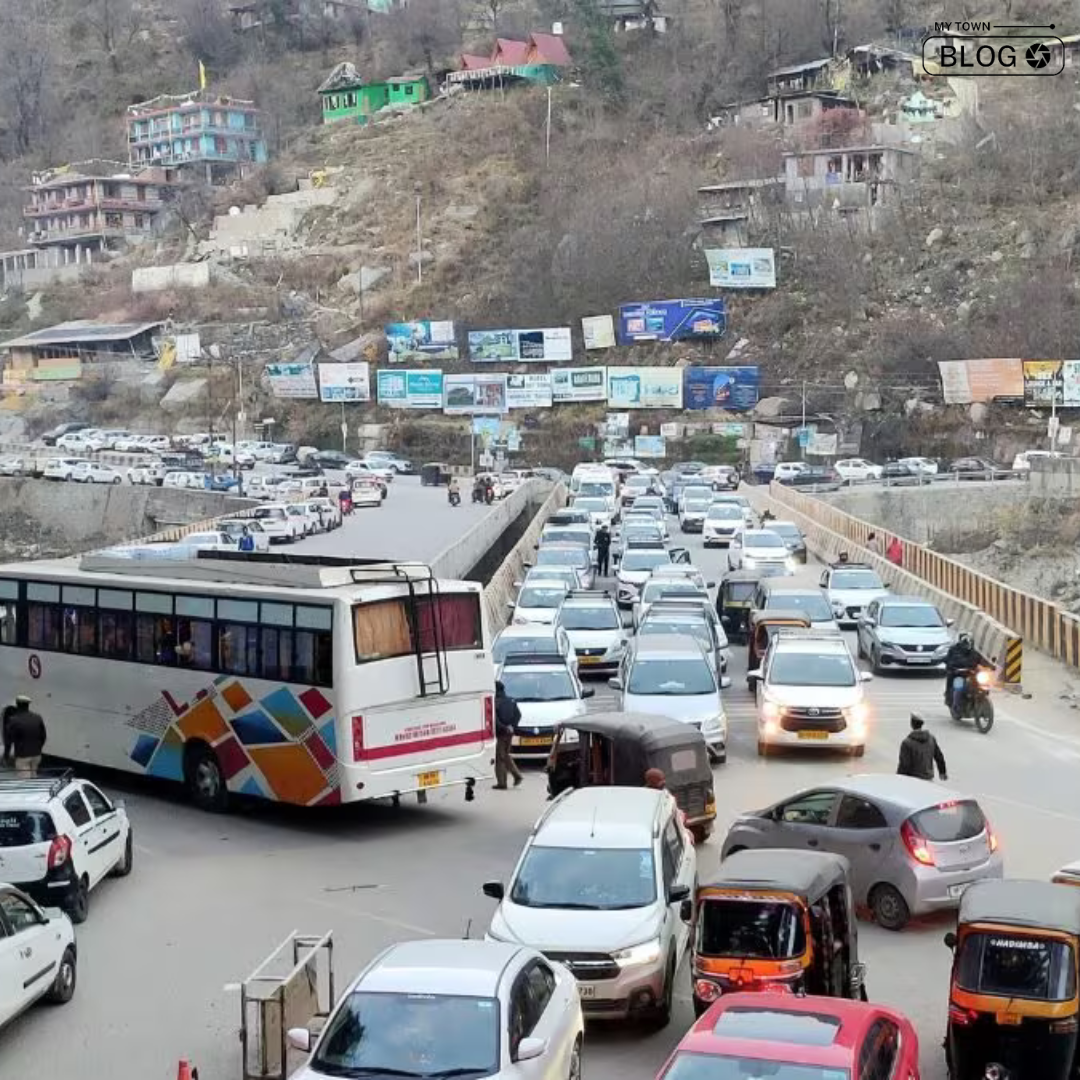In a remarkable surge, hotel occupancy rates in Shimla and Manali have soared to 90 percent, driven by the increasing popularity of the Atal Tunnel’s Traffic Surge. On Sunday, December 24, a staggering 28,210 vehicles crossed the Atal Tunnel in a single day, setting a new record. The influx was triggered by snowfall at the tunnel on Saturday, attracting a multitude of tourists, as reported by Lahaul and Spiti police on Monday.
The hotel industry is experiencing a boost, with local meteorological predictions of rain in mid-hills and rain and snow in higher hills on December 30 and 31. Manali Carnival, Jan 1-6, featuring local culture, is expected to boost current 90% occupancy, says Gajender Thakur, Federation President.
Chief Minister Sukhvinder Singh Sukhu expressed his gratitude to the tourists, acknowledging their substantial influx into the state. He praised efficient management by district administration and police in high tourist volumes, especially in snowy conditions at Rohtang Tunnel.
In Kullu district, rebounding from monsoon disasters sparks hope for vital tourism revival and regional economic recovery. Meanwhile, Shimla hotels surged to 90% on the weekend, dipping to 60% on Monday, attributed to the workweek, as stated by VP Prince Kukreja. Amidst these developments, the Atal Tunnel’s traffic surge is also influencing the region’s dynamics. Anticipating rain and snow on December 30 and 31, M K Seth, the association’s president, expects occupancy to reach 100 percent.
Stay tuned for more updates on the Atal Tunnel’s traffic surge and its impact on the local tourism landscape. Nevertheless, the capital city faced traffic chaos, with thousands of vehicles causing congestion at various locations. Despite this challenge, efforts are underway to address and manage the situation effectively.
Conclusion
Amid Atal Tunnel’s traffic surge, tourism in Shimla and Manali experiences a notable surge, providing a significant economic boost. Despite challenges earlier this year in the hotel industry, local businesses and tourism are now witnessing heightened activity, marking a positive turn. This positive trend is particularly encouraging given favorable weather predictions in the region. The successful management of the tourist influx by the district administration and police reflects the resilience and preparedness of the region in handling Atal Tunnel’s traffic surge. Amidst the festive season and the anticipation of rain and snow, Himachal Pradesh’s tourism industry shows promising signs of recovery and growth.
FAQs
What contributed to the surge in hotel occupancy in Shimla and Manali?
Atal Tunnel’s popularity spiked hotel occupancy with a record 28,210 vehicles in a day. Additionally, favorable weather conditions and the upcoming Manali Carnival added to the attraction, prompting a significant influx of tourists.
How did the local authorities handle the increased tourist traffic?
The Chief Minister lauded efficient tourist management by district administration and police, particularly in snowy Rohtang Tunnel conditions. Their prompt response and assistance ensured a smooth experience for visitors.
What are the expectations for hotel occupancy in Shimla during the upcoming days?
Shimla hotels dipped to 60% on Monday; expect a 100% surge with anticipated rain and snow on December 30-31.
How has Kullu district recovered from the monsoon disasters?
Kullu district rebounds post-monsoon, sparking optimism for tourism and regional economy revival.
Why did the hotels in Shimla and Manali get so full recently?
Hotels saw a surge as 28,210 people traveled through Atal Tunnel in a day, making hill destinations popular.
What is special about the Atal Tunnel that attracted so many vehicles?
The Atal Tunnel is a popular route, especially after recent snowfall. Its picturesque surroundings and improved accessibility have made it a preferred choice for travelers.
How did the local authorities manage the high number of tourists?
Chief Minister lauded efficient handling of rush in snowy conditions at Rohtang Tunnel portals by district administration and police.








